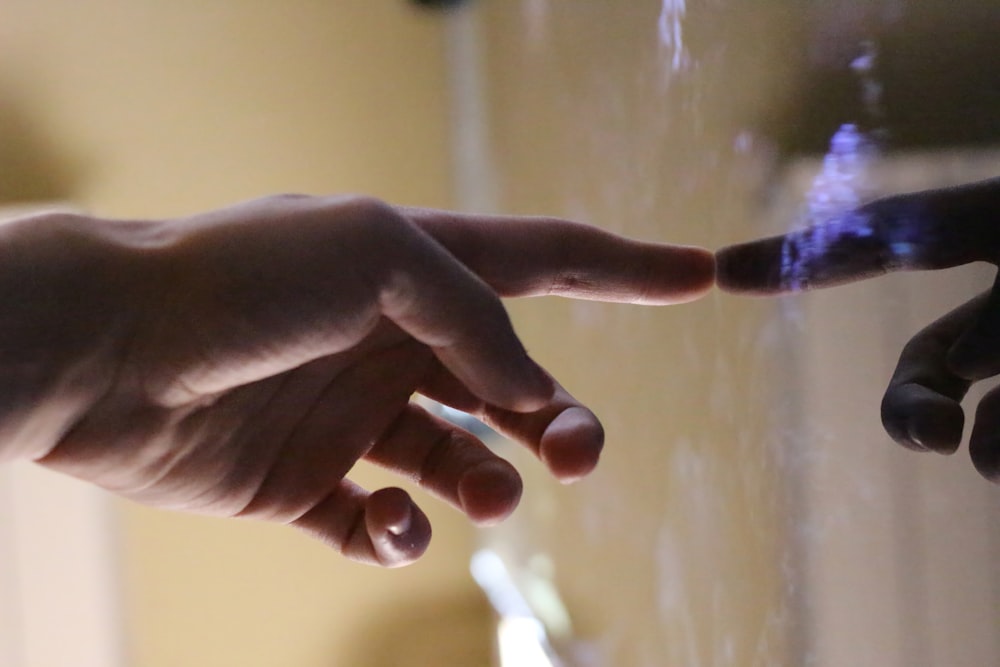目次
脳卒中後の感覚トレーニングって本当に有効なの?受動的トレーニング・能動的トレーニングのどちらが有効?
感覚障害といえば脳卒中片麻痺例に合併することの多い機能障害の1つです.
運動障害に比較するとアプローチが軽視されることの多い感覚障害ですが,最近は感覚機能にターゲットを当てたアプローチに関する報告も増えてきております.
今回は脳卒中後の感覚トレーニングって本当に有効なのかどうかを明らかにしたシステマティックレビューをご紹介させていただきます.

今回ご紹介する論文
Front Neurosci. 2019 Apr 30;13:402. doi: 10.3389/fnins.2019.00402. eCollection 2019.
Does Sensory Retraining Improve Sensation and Sensorimotor Function Following Stroke: A Systematic Review and Meta-Analysis
Ines Serrada 1, Brenton Hordacre 1, Susan L Hillier 1 2
Affiliations expand
PMID: 31114472 PMCID: PMC6503047 DOI: 10.3389/fnins.2019.00402
今回ご紹介する論文は2019年に掲載された新しい論文です.
研究の背景
Background: Reduced sensation is experienced by one in two individuals following stroke, impacting both the ability to function independently and overall quality of life. Repetitive activation of sensory input using active and passive sensory-based interventions have been shown to enhance adaptive motor cortical plasticity, indicating a potential mechanism which may mediate recovery. However, rehabilitation specifically focusing on somatosensory function receives little attention.
脳卒中発症後に2人に1人が感覚機能低下を経験しており,感覚障害は動作の自立とQOLに影響を与えることが知られております.
能動的および受動的な感覚に基づく介入を用いた感覚入力の反復的活性化は,適応的な運動皮質可塑性を高めることが示されており,感覚機能の回復に寄与する可能性のあることも示唆されております.
しかしながら体性感覚機能に特化したリハビリテーションというのはまだまだ注目されていないのが現状です.
研究の目的
Objectives: To investigate sensory-based interventions reported in the literature and determine the effectiveness to improve sensation and sensorimotor function of individuals following stroke.
この研究では感覚機能に焦点を当てたアプローチを調査し,脳卒中発症後のクライアントの感覚および感覚運動機能に対する改善効果を明らかにすることを目的としております.
研究の方法
Methods: Electronic databases and trial registries were searched from inception until November 2018, in addition to hand searching systematic reviews. Study selection included randomized controlled trials for adults of any stroke type with an upper and/or lower limb sensorimotor impairment. Participants all received a sensory-based intervention designed to improve activity levels or impairment, which could be compared with usual care, sham, or another intervention. The primary outcomes were change in activity levels related to sensorimotor function. Secondary outcomes were measures of impairment, participation or quality of life.
システマティックレビューの検索に加え,電子データベースおよび試験登録を開始から2018年11月までの論文をメタアナリシスの対象としております.
研究の選択ですが,上肢または下肢の感覚運動機能障害を有する脳卒中例を対象とした無作為化比較試験を分析対象としております.
対象は全例が活動レベルまたは機能障害の改善を目的とした感覚トレーニング介入を受け,通常介入,プラセボ介入,または他の介入と比較がなされております.
メインアウトカムは,感覚運動機能に関連した活動レベルの変化となっており,サブアウトカムは機能障害,社会参加,またはQOLとなっております.
研究の結果
Results: A total of 38 study trials were included (n = 1,093 participants); 29 explored passive sensory training (somatosensory; peripheral nerve; afferent; thermal; sensory amplitude electrical stimulation), 6 active (sensory discrimination; perceptual learning; sensory retraining) and 3 hybrid (haptic-based augmented reality; sensory-based feedback devices). Meta-analyses (13 comparisons; 385 participants) demonstrated a moderate effect in favor of passive sensory training on improving a range of upper and lower limb activity measures following stroke. Narrative syntheses were completed for studies unable to be pooled due to heterogeneity of measures or insufficient data, evidence for active sensory training is limited however does show promise in improving sensorimotor function following stroke.
最終的に38件の無作為化比較試験が対象となり(n = 1,093人),29件の受動的感覚トレーニング(体性感覚;末梢神経;求心性;温熱;感覚振幅電気刺激),6件の能動的感覚トレーニング(感覚弁別;知覚学習;感覚再訓練),3件のハイブリッドトレーニング(触覚ベースの拡張現実;感覚ベースのフィードバック装置)を分析の対象としております.
メタアナリシス(13の比較;385人の参加者)の結果,脳卒中後の上肢および下肢の活動レベルをアウトカムとした場合に受動的感覚トレーニングが中程度の効果を示すことが示されております.
能動的感覚トレーニングに関する科学的根拠は限定的でありましたが,脳卒中後の感覚運動機能の改善に有効な可能性が示唆されております.
研究の結論
Conclusions: Findings from the meta-analyses and single studies highlight some support for the effectiveness of passive sensory training in relation to sensory impairment and motor function. However, evidence for active sensory training continues to be limited. Further high-quality research with rigorous methods (adequately powered with consistent outcome measures) is required to determine the effectiveness of sensory retraining in stroke rehabilitation, particularly for active sensory training.
メタアナリシスの結果,感覚障害と運動機能に関連した受動的感覚トレーニングの有効性が明らかとなりました.
一方で能動的感覚トレーニングの科学的根拠は限定的でありました.
脳卒中リハビリテーションにおける感覚再統合の有効性,特に能動的感覚トレーニングの有効性を決定するためには,厳密な方法を用いたさらなる質の高い研究が必要であると考えられます.
今回は脳卒中後の感覚トレーニングって本当に有効なのかどうかを明らかにしたシステマティックレビューをご紹介させていただきました.
感覚トレーニングの有効性がきちんと示されている一方で,最近強調される能動的な感覚トレーニングについてはまだその科学的根拠が限定的であることを知っておきたいですね.







コメント